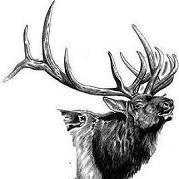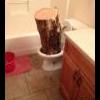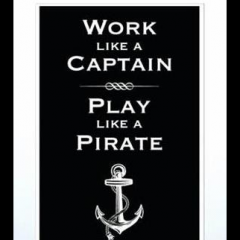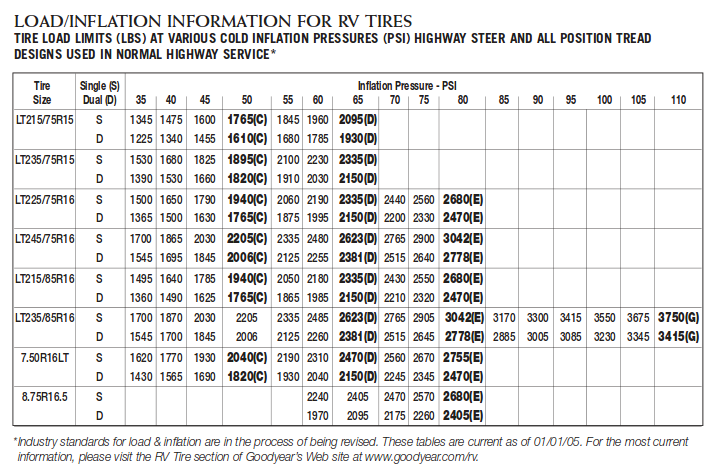can you expand on your formula for tire pressure?
- Replies 33
- Views 10.9k
- Created
- Last Reply
Top Posters In This Topic
-
AH64ID 8 posts
-
Mopar1973Man 7 posts
-
dorkweed 5 posts
-
Wild and Free 4 posts






